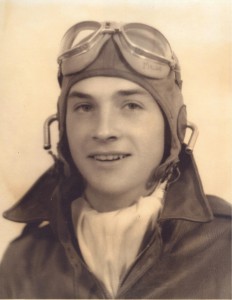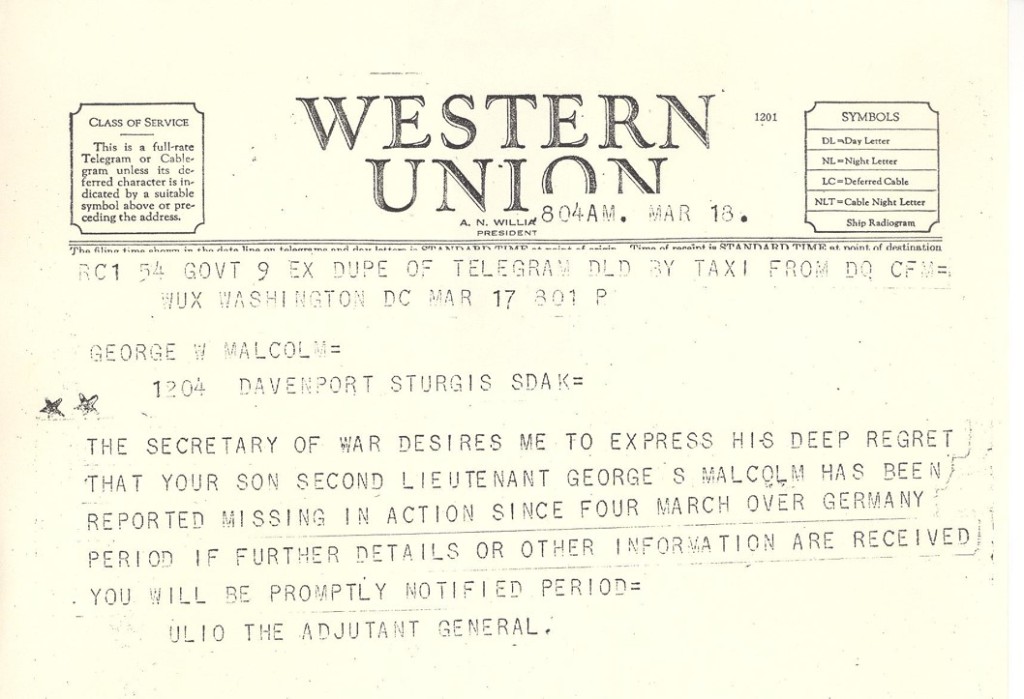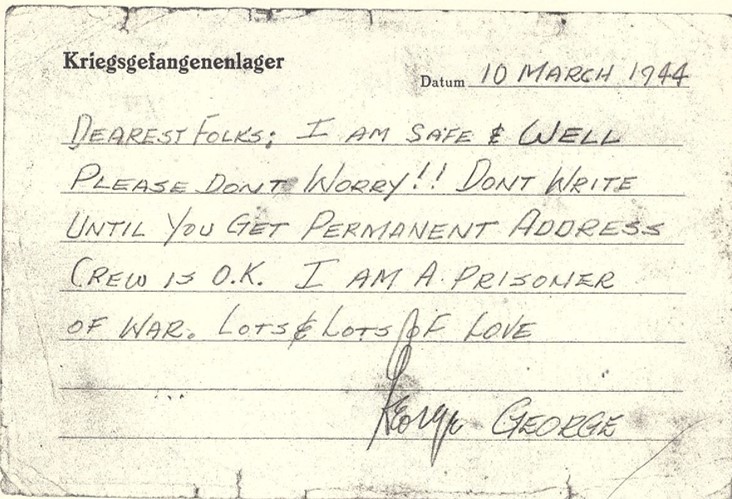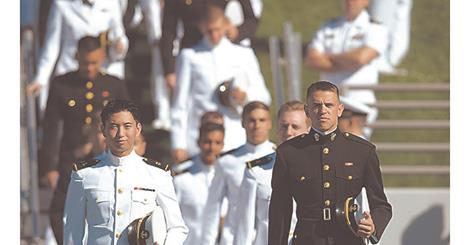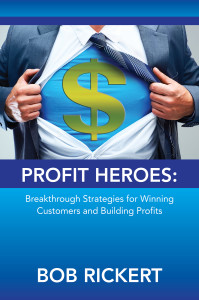 I had a bit of a ticklish dilemma in reviewing this book. Bob Terson asked if I would write a blurb recommending Bob Rickert’s book, Profit Heroes: Breakthrough Strategies for Winning Customers and Building Profits
I had a bit of a ticklish dilemma in reviewing this book. Bob Terson asked if I would write a blurb recommending Bob Rickert’s book, Profit Heroes: Breakthrough Strategies for Winning Customers and Building Profits. I agreed, but candidly I was not looking forward to it. I’ve written a book about the same topic, so why should I recommend another author who may take away a sale?
So I put it off for a while, but a promise is a promise, and the deadline was approaching, and I decided to open it up and slog my way through it.
Within the first few pages, though, it changed from a chore to a pleasure, mainly because Rickert approaches the teaching process through story. In any major complex sale, there are at least three stories: the winning sales team’s, and the losing sales team’s, and the customer’s. Rickert opens the book with two chapters that tell a story from the first two points of view. Two companies are competing to win a deal for 20 paint spray guns used in a manufacturing facility. At first glance, it seems like it will be no contest.
The losing sales team tells their story first, and even though you know they are the eventual losers, there’s still an element of actual suspense, because they seem to have done almost everything right. As the incumbent, they do a thorough job of matching their solution to the customer’s requirements, they line up supporters in all the departments that are involved in the decision, and they can quantify an impressive past profit impact on the customer’s operations.
The winning sales team is behind in every way but one: their offering includes a software component that enables them to integrate their spray guns’ production data with the customer’s ERP software. They use that one significant difference to build a profit improvement case which allows them to gain access to the C-Level and change the rules of the competition. In fact, their very weakness turns out to be a strength, because they are not already locked in to the technical/solution path.
The stories are the strength of the book, because they pull you in, set the context, and make the ideas real. Yet the real meat of the book is Chapters 5-9, which explain the actual practical steps and techniques to become a profit hero for your customers and your own company. This is the main reason I recommend this book. Recent books have told us that we need to challenge our customers with fresh insights, but Profit Heroes shows you how. It’s a useful primer on how to research your customer’s business, analyze their financial condition, and use that information to reach and convince high level decision makers.
The book closes with a third story: the customer’s point of view. They explain how their idea of what they needed was changed by the winning account manager. While much is made of the fact that customers are now better informed than ever, that is no guarantee that they are actually better informed about the right things, or are attacking their perceived needs at the right level. In so many cases, there is still an empty place at the table for the profit-centered sales professional with the perspective and the skill to show the way.
When you can do that, you will be a Profit Hero for your customers, your employer, and yourself.
So, should you read Profit Heroes or Bottom Line Selling: The Sales Professional’s Guide to Improving Customer Profits? Read both – it’s too important to leave it to chance.

